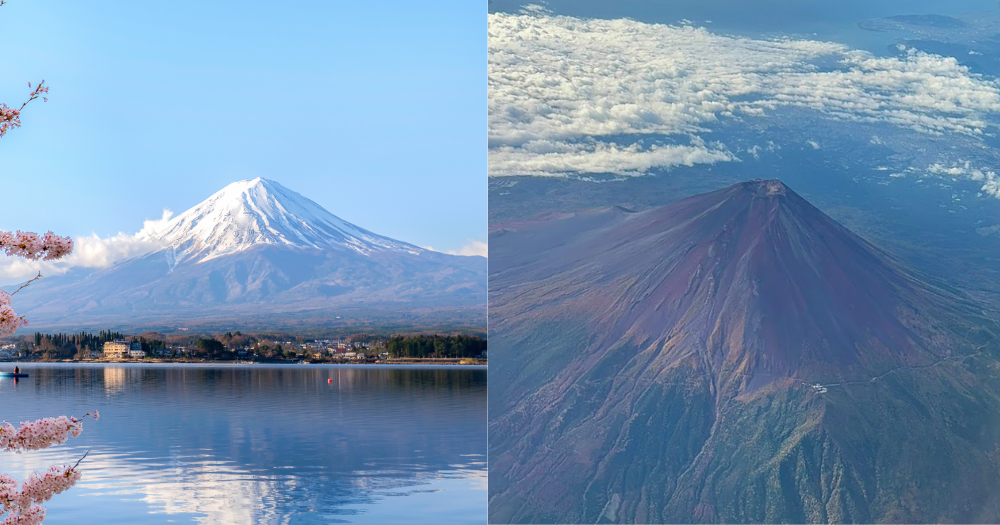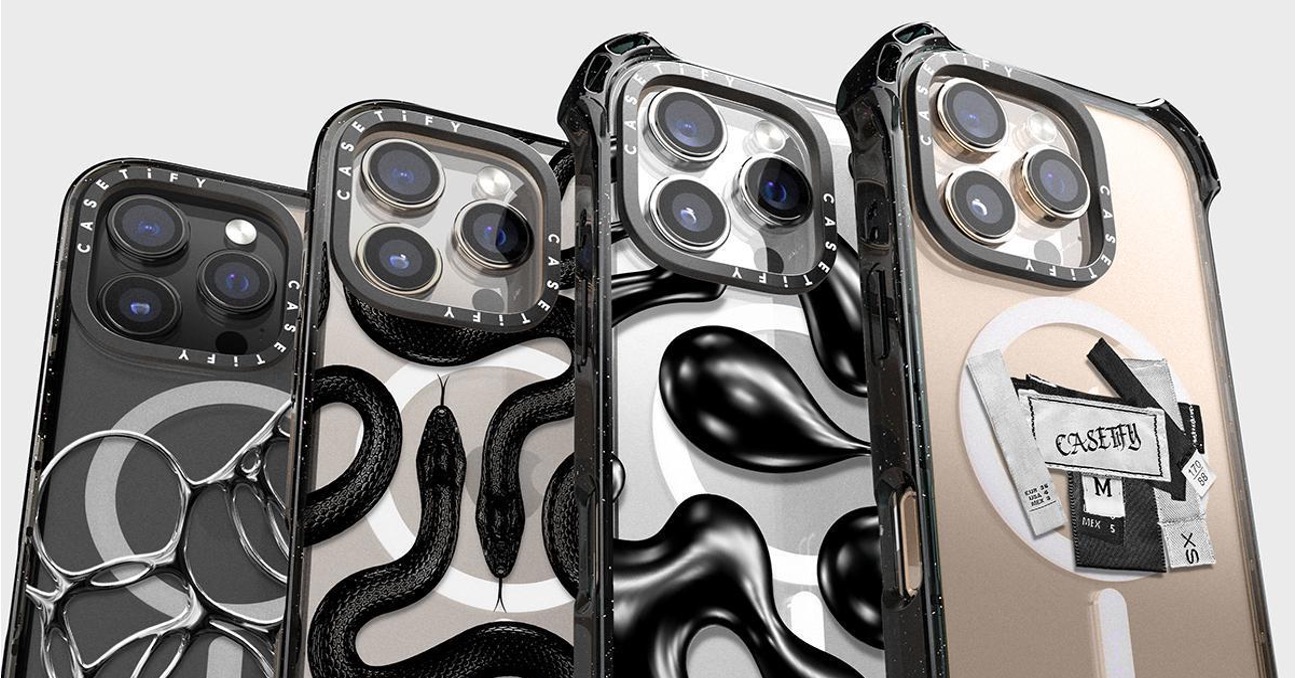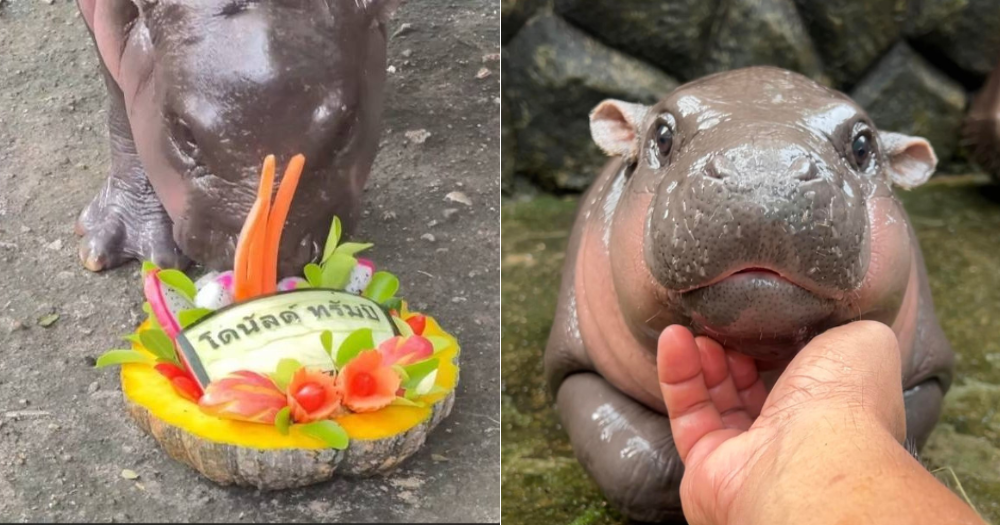Should you really pay more when buying bottled water?
A mini (non-scientific) investigation.

There’s one thing about differently-priced bottled water that always intrigued me at supermarkets — are they actually the same and do you really have to pay more for mineral water?
To scratch this itch in my brain, I decided to dive into it and find some answers.
What I found is that there are actual differences that set bottled water brands and types apart, but you don’t necessarily have to pay more for mineral water that’s good for you.
Here’s why.
Understanding the labels
Being sceptical about whether different types of bottled water was just the work of a marketing ploy, I looked up the regulations behind bottled water labelling to find answers.
It quickly became clear that there is basis to the claims on bottled water labels.
In Singapore, here’s how “natural mineral water” is defined by law.
Natural mineral water shall be underground water obtained directly from underground water bearing strata and characterised by its content of certain mineral salts and their relative proportions, and the presence of trace elements or of other constituents.
Prepacked natural mineral water must also have a label stating the name and location of the water source as well as the composition of the water.
“Spring water” is considered “natural mineral water” too.
As for distilled water, drinking water, mineralised water and reverse osmosis water, these kinds of water are referred to as “drinking water”, as suggested in a document by the Singapore Food Authority (SFA) on the import of food products.
What’s in the water we drink
In this case, does it matter what kind of water we drink?
Since 60 per cent of our body is made up of water, it’s a no-brainer why you should drink up, but there is more to hydration than meets the eye.
Water may also contain essential minerals and salts that are important to your bodily functions.
Here’s a list of some of them that you might commonly find in water as well as their physiological uses.
 Image via Le Minerale.
Image via Le Minerale.
According to a 2016 study, our body cannot naturally produce these essential minerals, so it’s important that our diet contains them.
Guess where you can find them? That’s right — bottled mineral water.
Diving into comparisons
I decided that this ‘investigation’ would not be complete without a taste test.
With that, I headed to the nearby supermarket and picked out a selection of bottled water.
So many choices.


 The final pick.
The final pick.
I tried to cover as many unique brands and types as I could, from the familiar to the intriguing.
The samples I selected fell broadly into four categories: drinking water, alkaline water, natural mineral water and natural artesian water.
With the samples selected, it was time to hydrate.
Here are my notes/best shot at describing how different types of water tasted.
- Drinking water — generally tasted neutral and ‘clean’
- Alkaline water —tasted slightly sweet and has a smooth mouthfeel
- Natural mineral water — prominent mineral-rich taste with taste profile differing between brands Some varieties may provide a thick sensation, while others offer a refreshing, hydrating, or even slightly sweet taste.
- Natural artesian water — tasted mineral-rich, similar to natural mineral water; taste varied widely depending on its source and treatment
I observed that drinking water tended to taste more ‘clean’ and thin, while mineral water tasted more ‘natural’, owing to their mineral-rich taste.
Reflecting on my experience while shopping at the supermarket for water, another observable difference was price.
Natural mineral waters that are more mineral-rich tend to come with a higher price tag compared to drinking water.
More than just hydration
Here’s what I found out about bottled water after my mini ‘investigation’.
- Bottled waters are actually different. Besides their source, they also vary in terms of their mineral composition, both of which you can find out by looking at the product label.
- If you see drinking or purified water on the label, it’s likely the water is from a municipal source. Everything else is likely bottled from a natural water source.
- Choosing natural mineral water over drinking water has dietary benefits, since natural mineral water contains higher amounts of minerals your body needs but cannot produce naturally.
Does this mean you need to start paying more for natural mineral water? Not quite.
There was one natural mineral water brand that stood out to me, and that’s Le Minerale natural mineral water.
Let me explain why.
 The final pick.
The final pick.
Hailing from Indonesia, Le Minerale retails at just 80 cents for its 600ml bottle and S$1.60 for its 1.5 litres bottle. It’s a very affordable option compared to other brands, which may cost more than S$2 or more for an average 500ml bottle.
You might think cheaper means less mineral content, but no.
Le Minerale natural mineral water still contains the essential minerals your body needs to do its job.
The best part? It tastes smooth, refreshing, and has a slightly sweet aftertaste.
To me, the fact that it is rich with minerals but still tastes smooth is a huge plus.
I found out from the product label that unlike other brands bottled in faraway lands, Le Minerale is bottled from a source we’re all likely familiar with — Mount Bromo in neighbouring Indonesia.
Promising to be 100 per cent volcanic mineral water extracted from 200m underground, Le Minerale boasts a range of minerals.
 Here’s a map showing the bottling plant, according to the address on the packaging label, and where Mt. Bromo is.
Here’s a map showing the bottling plant, according to the address on the packaging label, and where Mt. Bromo is.
Le Minerale bottles are sealed as well to ensure freshness.
As a homegrown Indonesian brand, Le Minerale supports and provides hydration to the nation’s athletes.
Thirsty? Le Minerale is currently available in supermarkets like Giant, Prime, Sheng Siong and in convenience stores at Shell petrol stations.
This writer was very hydrated after writing this sponsored article.
MORE STORIES


















